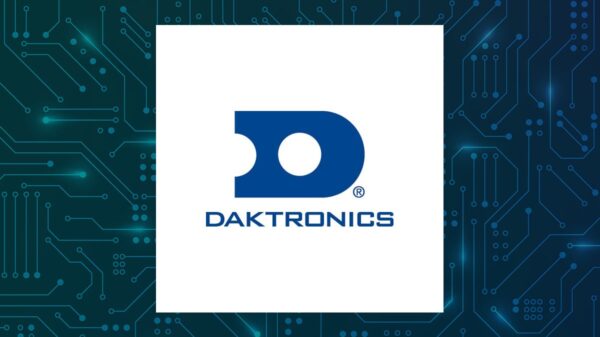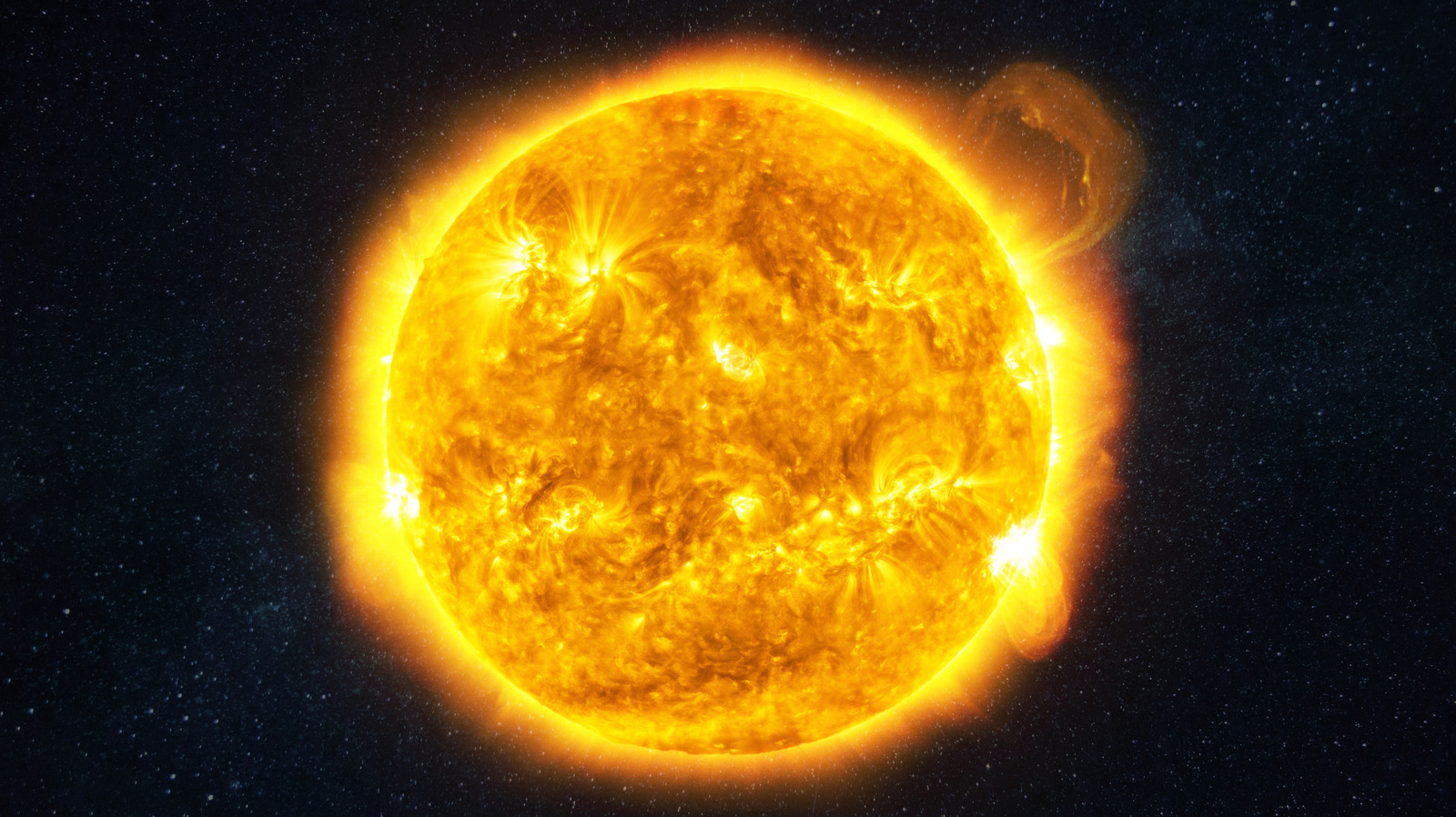In 2025, solar storms are occurring with increased frequency, raising concerns about their potential impacts on technology and daily life. Following a period known as the “deep solar minimum,” which lasted from the 1980s until 2008, the sun has re-emerged into a phase of heightened activity. Scientists at NASA’s Jet Propulsion Laboratory have observed a rise in plasma explosions and stronger magnetic fields, indicating a trend toward more intense solar phenomena.
These solar storms manifest as solar flares, coronal mass ejections, and geomagnetic storms. Recent evidence highlights this trend: last year, the sun produced its strongest solar storm in over two decades, allowing the northern lights to be visible as far south as Mexico. While this natural spectacle captivates observers, the implications of increased solar activity extend beyond mere aesthetics.
Disruption to Technology and Infrastructure
Solar storms pose a significant threat to modern technology. Power grids, GPS systems, and radio signals are particularly vulnerable to the intense energy released by these events. The Artemis mission, which aims to return astronauts to the Moon and eventually send crews to Mars, is also affected by solar activity. Space agencies are now prioritizing improved forecasting methods to prepare for a future marked by increased solar weather challenges.
The mechanism behind solar storms involves the sun’s magnetic field snapping and reconnecting, leading to violent bursts of energy and radiation that can reach Earth within minutes. These bursts can disrupt satellites and internet services, potentially causing widespread outages. A notable historical event occurred in 1989, when a solar storm caused power outages for millions in Quebec in under two minutes.
As our reliance on technology grows, the risks associated with solar storms become more pronounced. High-frequency radio signals used for aviation, maritime operations, and emergency communications are particularly at risk during these events. For example, GPS systems, essential for navigation in aviation and everyday transportation, can malfunction during solar storms.
Health Risks and Protective Measures
While the technological impacts of solar storms are concerning, current research suggests that the health risks associated with solar flares are minimal for most people. Some studies have explored potential links between solar activity and various health issues, such as headaches and heart problems, but the evidence remains inconclusive.
Fortunately, Earth’s atmosphere and magnetic field serve as protective barriers against harmful radiation. The primary concern for the average individual is the possibility of temporary disruptions to services, such as Wi-Fi outages, power interruptions, or GPS failures. Such disruptions can lead to inconveniences, including traffic signal failures or flight rerouting during significant solar events.
Despite the challenges posed by increased solar activity, there is a silver lining: solar storms enhance the visibility of the northern lights, allowing those outside the Arctic Circle to experience this natural wonder.
In anticipation of a future with more frequent solar storms, NASA is investing in initiatives like the Interstellar Mapping and Acceleration Probe (IMAP), which aims to provide earlier warnings of solar events. As technology evolves and adapts to these challenges, the public can remain informed and prepared for the potential impacts of solar storms on daily life.
In conclusion, while solar storms may disrupt technology and infrastructure, they are unlikely to pose a direct threat to human health. As we navigate a world increasingly influenced by solar activity, understanding these phenomena will become essential in mitigating their effects on our interconnected lives.





































































